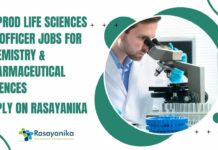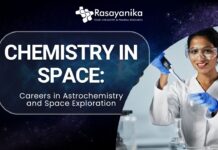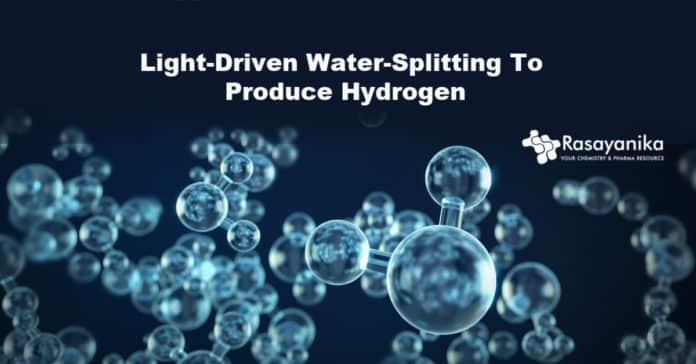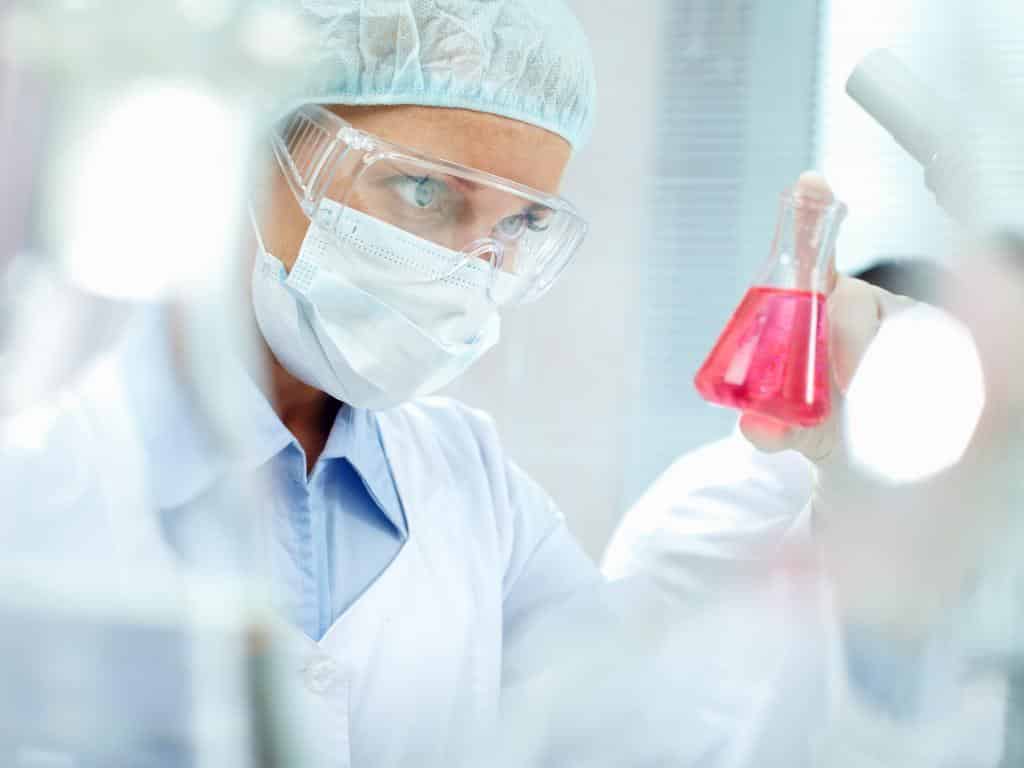Scientists Improve Light-Driven Water-Splitting to Produce Hydrogen
Hydrogen is a clean energy source that can be produced using light to split water molecules. But, presently it is difficult to achieve this mass production. A unique method that uses plasma discharge in solution to boost the performance of the photocatalyst in the water-splitting reaction is developed by scientists at Tokyo University of Science, Japan. This breakthrough research opens opportunities for exploring a number of photocatalysts that can aid scale-up this reaction.
The scientists were encouraged to seek clean energy sources due to the deteriorating global environmental crisis, coupled with the exhaustion of fossil fuels. Hydrogen (H2) generation has become a hot research and it can function as an eco-friendly fuel. Development in this area is consistent and also numerous techniques have been proposed as nobody has yet discovered an energy-efficient and affordable means of mass hydrogen production.
One such method entails using light and catalysts to split water (H2O) into hydrogen and oxygen. The catalysts have the capacity to separate charges at the interfaces between some of their sides and crystalline frameworks. The energy from the light is absorbed right into the crystal when light strikes the crystal at particular angles
, causing particular electrons to become free from their initial orbits around atoms in the product. A positively charged vacancy, known as a hole, is produced in the framework as an electron leaves its original area in the crystal. These “excited” states normally do not last long, and ultimately free electrons and holes recombine.Crystal catalysts of bismuth vanadate (BiVO4) also have comparable cases. Given its promise as a material in which charge-separation can occur upon excitation with visible light, BiVO4 has been recently explored for water-splitting reactions. As providers must independently partake in reactions that split water molecules the rapid recombination of pairs of charged entities (“carriers”) is a disadvantage.
A unique approach to improve the charge-separation characteristics of decahedral (ten-sided) BiVO4 crystal catalysts was developed by the scientists from the Photocatalysis International Research Center at Tokyo University of Science, Japan, and scientists from Northeast Normal University, China. “Current researches have shown that carriers can be generated and also separated at the interfaces of specific crystals between the various faces. When it comes to BiVO4, the forces that separate carriers are too weak for electron-hole pairs that are produced somewhat away from the interfaces. For that reason, carrier separation in BiVO4 decahedrons required more improvements, which encouraged us to accomplish this research”, said Prof Terashima, lead scientist in the study.
BiVO4 nanocrystals are exposed to a highly charged jet of energetic matter that is produced by applying high voltages between 2 terminals immersed in water – called “solution plasma discharge”. Leaving vanadium vacancies, the plasma discharge removes some vanadium atoms from the crystals’ surface of specific faces. The vacancies function as “electron traps” that aid the increased carrier separation. Due to the fact that these vacancies are in higher numbers on the 8 side faces of the decahedron, while holes accumulate on the top and also lower faces, electrons are trapped on these faces. This enhanced charge separation in better catalytic efficiency of the BiVO4 nanocrystals, thus enhancing its water splitting efficiency.
This research helps to boost the properties of crystals with a unique use of solution plasma discharge. “This research has motivated us to reassess various other crystals that are apparently ineffective for splitting water. It offers an appealing strategy utilizing solution plasma to ‘activate’ them”, said Prof Akira Fujishima, co-author of the paper. Using solution-plasma discharge is far more attractive from both technical and economic perspectives as it has many advantages over conventional gaseous plasma.
“Solution plasma can be produced in an open reactor at room temperature and in a normal air environment, unlike gaseous plasma, which needs to be produced in a closed reactor. Additionally, by working with crystal powders in a solution, it ends up being easier to transform the criteria of the process, as well as it is also simpler for increasing the production,” said Prof Xintong Zhang from Northeast Normal University, China.
This research ideally takes us one step ahead to an effective means of generating hydrogen so that we can finally do not need to depend on sources that are harmful to our earth including fossil fuel sources and other energy. “A desire clean society could be created if efficient hydrogen energy can be created utilizing sunlight and water – most plentiful sources on earth”, said Prof Terashima.
The research on Light-Driven Water-Splitting to Produce Hydrogen is published in Chemical Engineering Journal.
Author: Sruthi S

















































